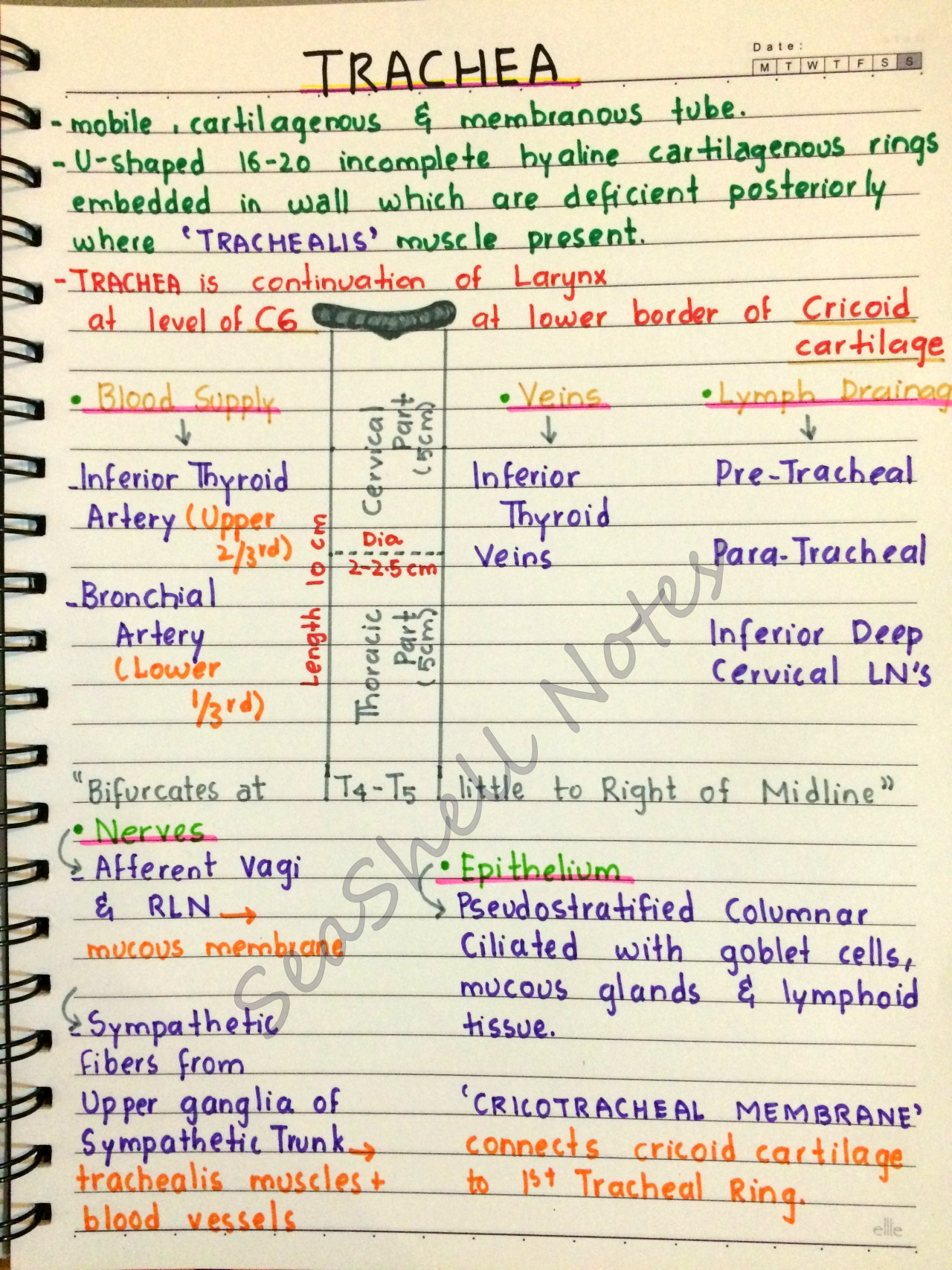
Bruegel Working PaperĪckerberg D, Caves K, Frazer G (2006) Structural identification of production functions. Econometrica 74(1):235–267Ībrell J, Ndoye Faye A, Zachmann G (2011) Assessing the impact of the EU ETS using firm level data.

Rev Econ Stud 72(1):1–19Ībadie A, Imbens GW (2006) Large sample properties of matching estimators for average treatment effects. Results suggest that firms have reacted to the EU ETS by passing-through costs to their customers on the one hand and improving labour productivity on the other hand.Ībadie A (2005) Semiparametric difference-in-differences estimators. Contrarily to the expectations, the EU ETS did not affect economic performance negatively. Our results, based on a large panel of European firms, provide a broad picture of the economic impact of the EU ETS in its first and second phases of implementation.

Differently from the previous literature, we test the effect of the EU ETS on a larger set of indicators of economic performance: employment, average wages, turnover, value added, markup, investment, labour productivity, total factor productivity and ROI. There is a growing body of empirical literature that investigates the effects of the EU ETS on firm economic performance, with mixed results. The objective of this paper is to provide empirical evidence on the effect of the EU ETS on firm-level economic performance.

The European Emission Trading Scheme (EU ETS) has introduced a price for carbon, thus generating an additional cost for companies that are regulated by the scheme.


 0 kommentar(er)
0 kommentar(er)
